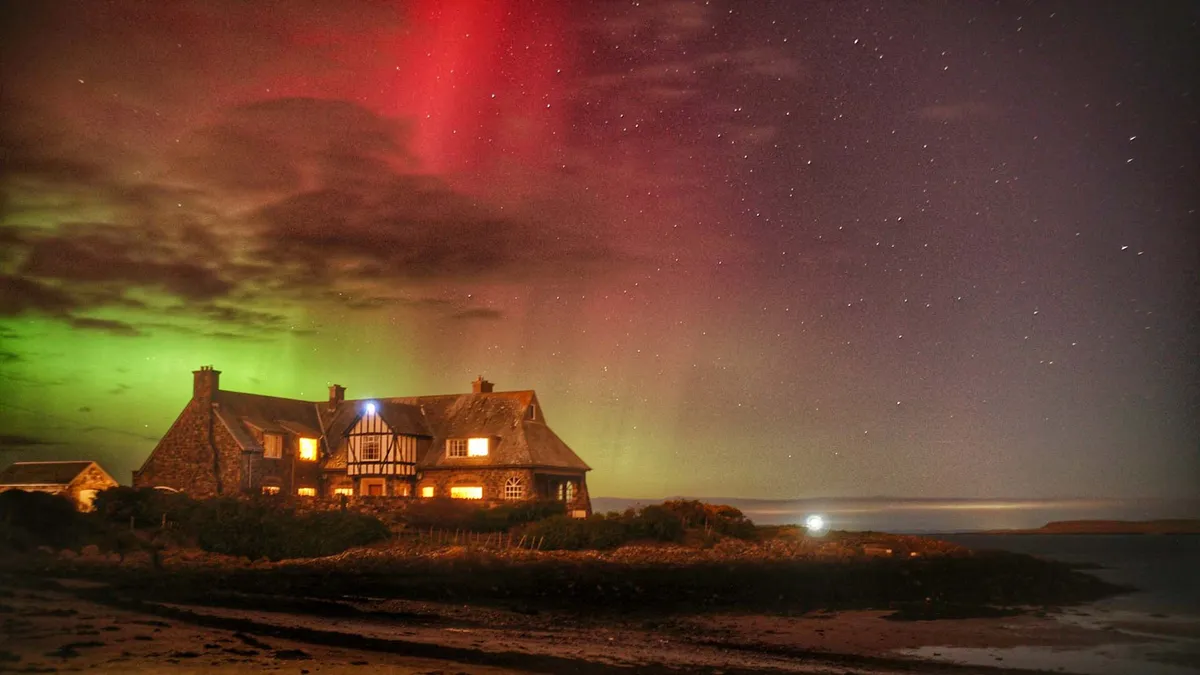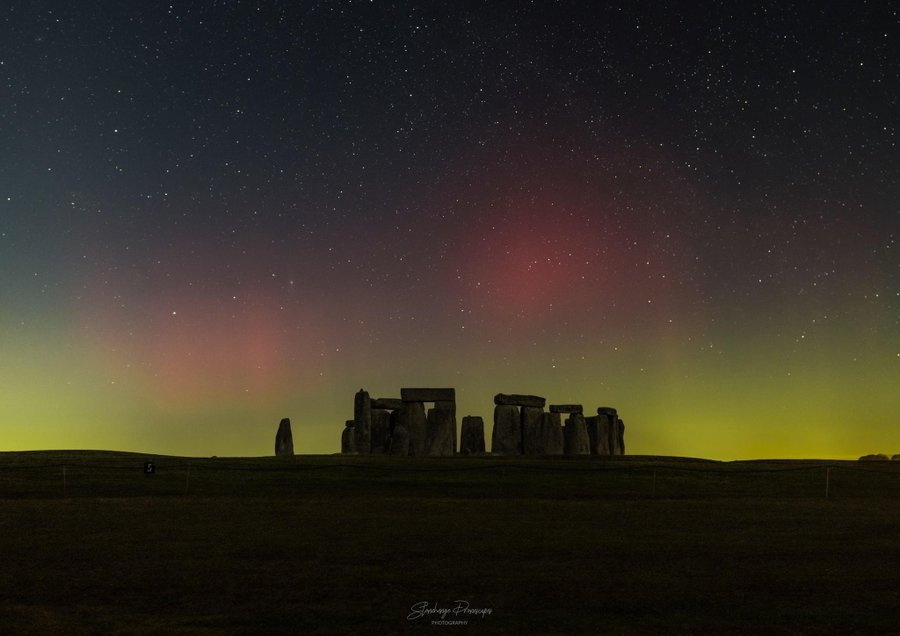The world recently witnessed an extraordinary phenomenon that left skywatchers spellbound. Intense solar storms, characterized by a powerful solar wind blowing from the sun, resulted in stunning auroras visible in many parts of the world, including the United Kingdom. This article explores this fascinating natural phenomenon, from its causes to the colors visible in aurora displays and the challenges associated with forecasting its occurrence.
Solar Storms: A Closer Look
Solar storms are a result of the sun's activity. The sun, like any other star, has a magnetic field that produces dark and cool areas called sunspots. These spots often produce solar flares, which are sudden and intense bursts of radiation from the sun's surface. These flares can cause significant disruptions in Earth's upper atmosphere, disrupting satellites, power grids, and communication systems. In addition to solar flares, the sun also produces coronal mass ejections (CMEs), which are massive explosions of solar plasma and magnetic field that are flung out into space.
The Effect of Solar Storms on Earth's Atmosphere
When a CME or a solar flare occurs, it releases charged particles, mainly electrons and protons, into space. These particles interact with Earth's magnetic field, causing it to vibrate and generate electrical currents that flow along the magnetic field lines. When the particles enter the Earth's atmosphere, they collide with gas molecules, causing the molecules to become excited and release photons of light. The result is a spectacular display of colored lights known as auroras.
What Causes the Different Colors in Auroras?
The colors visible in auroras are caused by the interaction of solar wind particles and chemical compounds present in Earth's atmosphere. Oxygen atoms, which are present at higher altitudes, emit a green light when they collide with charged particles from the solar wind. Nitrogen atoms, which are present at lower altitudes, emit a blue or purple light. When these particles are particularly energetic, high altitude oxygen can give off a deep red color, while nitrogen can glow pink.
Stunning Aurora Displays in the United Kingdom
The United Kingdom recently witnessed an intense solar storm that resulted in stunning auroras visible in many parts of the country. From Scotland to southern England, skywatchers were treated to a rare and memorable display. Even the iconic Stonehenge monument was a witness to the incredible spectacle.
The experiences of two photographers, Evan Boyce and Stuart Atkinson, offer a glimpse into the magic of the aurora borealis. Boyce, a Northern Irish photographer, had never witnessed the polar lights before. On Sunday night, he drove to a beach between the towns of Bangor and Donaghadee and captured an eerie green and red glow above a historical building. Atkinson, a seasoned astrophotographer from northwestern England, managed to capture a series of infernal red auroras after a frustrating night of hunting sabotaged by the weather.
Forecasting and Managing the Effects of Solar Storms
While auroras are a sight to behold, solar storms can also cause significant disruptions to modern technology. Satellite operators, power grids, and communication systems are vulnerable to the effects of solar storms. Therefore, forecasting and managing the effects of solar storms are crucial.
The UK space weather forecaster Met Office predicts that more auroras are on the way, as another, even more powerful CME is set to arrive. The forecast predicts a strong G3 geomagnetic storm that should produce more stunning aurora displays but could also cause minor problems to satellite operators and power grids at northern latitudes.
The Northern Lights over Stonehenge last night 😲😍❤️💚💙💛 📷 credit by Stonehenge Drone scapes on FB#Aurora #auroraborealis #northernlights #stonehenge #stars #astro #OMG #beautiful pic.twitter.com/YNgROjYPr6
— Stonehenge U.K (@ST0NEHENGE) February 27, 2023
 | |
| Auroras were visible from most of the British Isles on Feb.26. (Image credit: Evan Boyce) |
 | |
| Astrophotographer Stuart Atkinson captured this image of aurora borealis in the Lake District natural park in the U.K. (Image credit: Stuart Atkinson) |




0 Comments